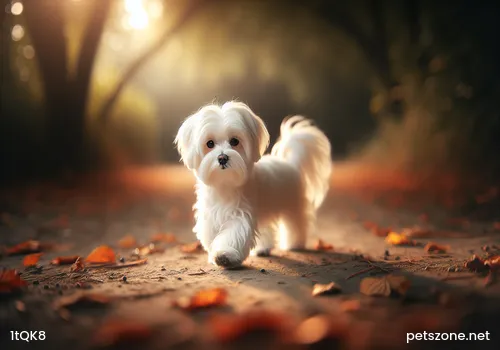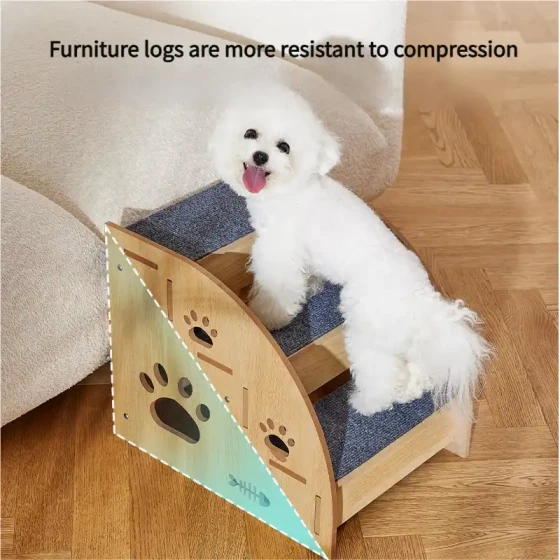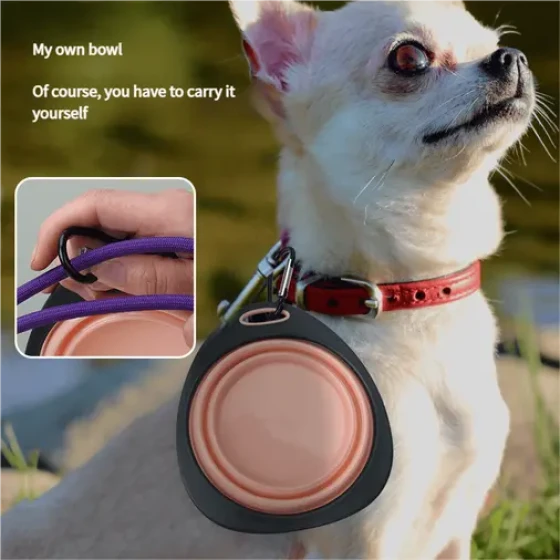Irish Wolfhound (Irish Wolfhound) Breed Introduction

Breed Standard
Overall Appearance
The imposing and strong body of the Irish Wolfhound is characterized by a combination of strength and agility, with keen eyes. This tallest hound has coarse, rough hair, a greyhound-like shape, developed muscles, elegant posture, and moves lightly and flexibly; the tail hangs down and the head and neck are tall. Male dogs are no less than 81.28 cm tall and no lighter than 54.43 kg; females should not be less than 76.2 cm tall, 47.63 kg: these standards apply to adult dogs over 18 months. The body length and height have a certain ratio. If these standards are not met, the dog is not eligible to compete.
Head
The forehead is raised, with a furrow between the eyes. The skull is not wide. The muzzle is long and medium in thickness. Similar to the greyhound when young.
Neck
Very long, muscular, arched, with no loose skin or hanging flesh at the throat.
Chest
Very deep, broad chest.
Back
Long, with a curve like a lion.
Tail
Long, slightly curved, medium in thickness, covered with abundant hair.
Belly
Naturally extended.
Forelimbs
Shoulder muscles are developed with some degree of flexibility between the chest, slightly slanted, elbows hanging down, neither turning inward nor outward. Muscular, strong and straight.
Hindlimbs
Thigh and calf muscles are developed, calves are long, strong like greyhounds, the hock joint is neither turned in nor out.
Feet
Round, medium-sized, without inward or outward angle. Toes are compact and arched, nails are thick and curved.
Coat
Coarse and harsh, with long soft hair around the eyes and under the jaw.
Colors and Markings
Recognized colors include grey, grey brindle, red, black, pure white, pale yellow-brown or any other color seen in deerhounds.
Faults
Head too light or too heavy, forehead too arched, large ears even hanging on the face; short neck; hanging tissue on the throat; chest too narrow or too broad; back concave or convex; bent limbs; overbent pasterns, bow legs, knock knees, splayed toes; excessively curved tail; underdeveloped hindlimb muscles; body too short. Nose and lips with liver color or hypopigmentation.
Advantages According to the Standard
1. Representative Irish Wolfhound with coarse, harsh coat, tall, greyhound-like hound. Its distinctive feature is the combination of strength and agility.
2. Large and majestic.
3. Agile and nimble in motion.
4. Long and flat head, tall.
5. Strong, straight limbs with proper elbow joints.
6. Long, muscular thighs; developed calf muscles; beautiful knee joint curves.
7. Coarse and harsh coat, with long fine hair around the eyes and under the jaw.
8. Long body, ribs well sprung, with great freedom of movement.
9. Back curve like a lion, belly naturally tucked.
10. Small, greyhound-like ears.
11. Feet medium-sized, round, toes compact and arched.
12. Long, strong, arched neck.
13. Deep chest, appropriately broad.
14. Muscular, slanted shoulders.
15. Long and slightly curved tail.
16. Dark eyes.
Description record: Descriptions of the Irish Wolfhound are widely documented in many large dog literature. It has many aliases such as “Irish dog,” “Great Irish dog,” “Irish greyhound,” “Irish Wolfhound,” “Great Irish hound.”
The first reliable information about the Irish Wolfhound was recorded by Roman consul Quintus Aurelius in AD 391. At that time Rome received seven Irish Wolfhound gifts that "astonished all Rome." In 1990, it was documented that "The Irish Wolfhound is the most beautiful and largest dog breed. It is 91.5 cm tall, very similar to the greyhound but stronger. Its temperament is gentle and quiet, but in combat it is fierce enough to keep large mastiffs or bulldogs at bay."
In the following century, it was recorded, “This noble dog resembles a greyhound,” its size exceeding that of the mastiff, and temperament gentle like the Spanish hound. It was extremely brave during hunts, especially when chasing wolves and Irish elk. Due to the decline of wolves and elk, Irish Wolfhounds were excessively exported from Ireland, leading to the near extinction of the local breed.
A British army officer, a Scotsman, collected and bred Irish Wolfhounds. This work started in 1862 and lasted 23 years. Through his efforts, the breed standard was established, including all excellent hereditary traits.
The Irish Wolfhound is a large, hairy, and coarse-coated hunting dog. Because of its size, its owner needs to have a sufficiently large yard to provide a shelter for the dog, meeting the hunting dog's active nature. Through hunting exercise, the Irish Wolfhound gradually acquires keen eyesight like a hunter, tall limbs, strong physique, and explosive power. Its deep chest provides great respiratory capacity, enhancing its endurance.
As a responsible owner, sufficient ability to provide a stable and comfortable life for the Irish Wolfhound is required. Owners should observe their dog's reactions and daily condition. Irish Wolfhounds need great care because they are very sensitive dogs. When their needs are unmet, they become impatient.
Their temperament and personality make them unsuitable for guarding or patrolling work between urban and rural areas. Although their alertness is unquestionable, their courage is inadequate.
City residents are gradually moving to suburbs, and dual-income families often seek a watchdog that can guard from morning till night in apartments. But it should be emphasized that the Irish Wolfhound is not a wise choice because sometimes they may fear intruders and prefer to watch quietly rather than bark loudly.
In some cases, this dog’s courage can be fostered. The owner should spend more time using a leash to take the dog for walks near the residence and let it contact more neighbors and passersby. Responsible owners must take on proper care and exercise of the dog.
The Irish Wolfhound seems especially fond of children. However, generally speaking, small children should not play with young Irish Wolfhounds, as puppies weigh around 22.68–45.36 kg and their excited running and bumping can easily injure small children.
Purebred Irish Wolfhound ears should be drooping and folded, tail extended, and the rough coat should display the characteristic Irish Wolfhound features without trimming, especially important in the head.
Due to nearly a century of family breeding, Irish Wolfhounds are commonly seen on the American continent. Their quiet and gentle temperament makes them excellent companion animals. Their instinctive energy for movement and hunting seems to have become history.





-560x560.webp)